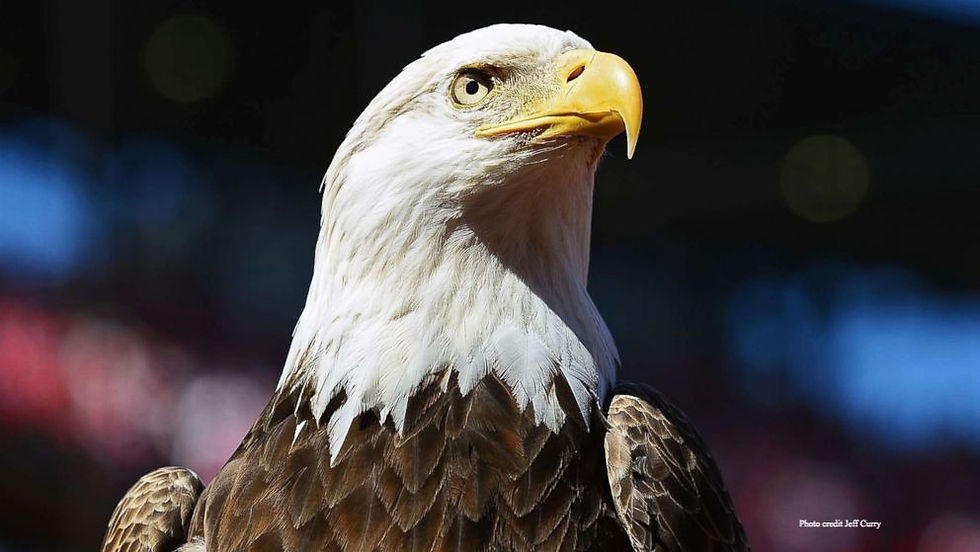CRITTER SPOTLIGHT: Bullet Ant: Paraponera clavata
- cynthiamorissette
- Mar 28, 2021
- 2 min read
Good Morning Watershed Explorers,
Today's critter spotlight is about a very tiny, yet powerful invertebrate, the bullet ant. Many thanks to Watershed Explorer, Charles, from Agnes Little in Pawtucket. He asked if Mrs. Morissette had heard about the bullet ant, which inspired this week's spotlight! In addition to some great information, there is also a link to a Brave Wilderness video that you can check out. If you have ever watched Coyote Peterson before, you know that he does some crazy stuff. The video showcases Coyote taking a sting from the bullet ant. The bullet ant is listed as having the number one, most painful sting by any insect.

There is no need to worry about facing one of these tiny powerhouses in Rhode Island however, bullet ants are found in lowland rainforests in Central and South America.
Like all of the invertebrates we have been learning about over the last several weeks, ants have no bones. Their tiny little bodies are protected by an exoskeleton that is made of chitin. Ants are insects. They have six legs, wings, a head, a thorax, and an abdomen. Bullet ants also possess a stinger which can be seen on the end of their abdomen and large mandibles on their head. While bullet ant stingers are fascinating, mandibles are important for daily life. Bullet ants use their mandibles to carry and process food, build nests, dig in the dirt, and chew through wood. Although it was difficult to locate this piece of information, it appears that both male and female bullet ants possess stingers. In some species, only the females can sting. Stingers are used solely for protection. Bullet ants are not aggressive, but they will sting if provoked. The bullet ant's sting is where it gets its name. Stings have been described as feeling like getting shot with a bullet. Check out the Brave Wilderness episode below to watch Coyote Peterson describe the intense pain from a bullet ant's sting.
Bullet ants eat nectar and plant material and will sometimes consume smaller arthropods as well. They are mostly diurnal and often hunt alone. They do live in colonies. Bullet ant colonies create their nests in the ground, between tree limbs, and in the tree canopy.
Bullet ants play a role in the rainforest ecosystem by eating other insects. Injured bullet ants are also a host for another insect, the phorid fly. This relationship means that the phorid fly uses the injured bullet ant to lay its eggs. The bullet ant dies, the eggs hatch and the larvae decompose the dead ant. Phorid flies are important decomposers in the rainforest ecosystem. A decomposer is an organism that breaks down organic material.
Many thanks again to Charles for the inspiration for this week's critter spotlight. If you have a suggestion for a future post, please email me at cmorissette@narrabay.com
As always, I hope you will all get out and explore.
Much love,
Mrs. Morissette






1 Comment